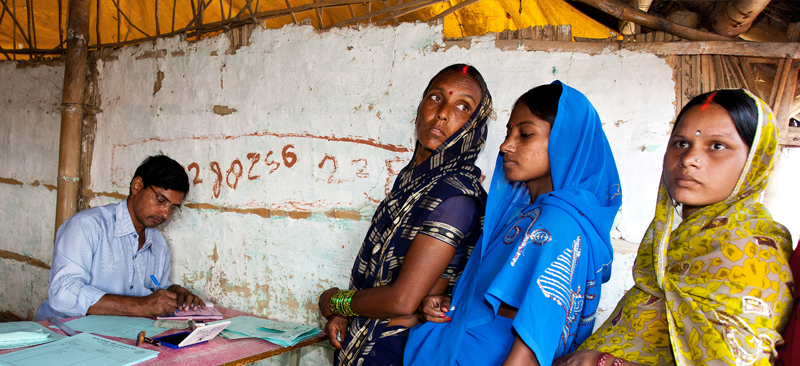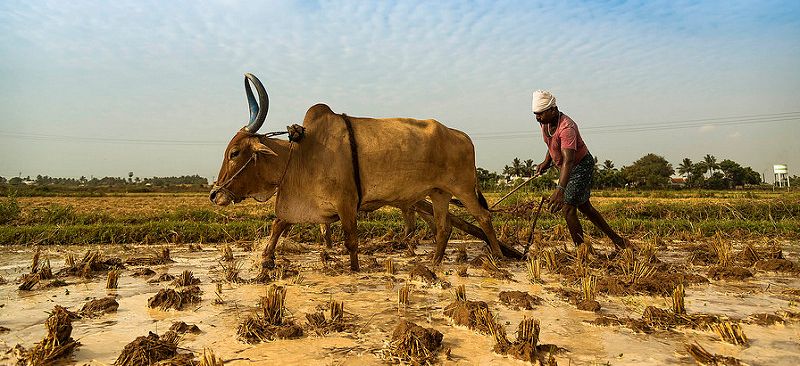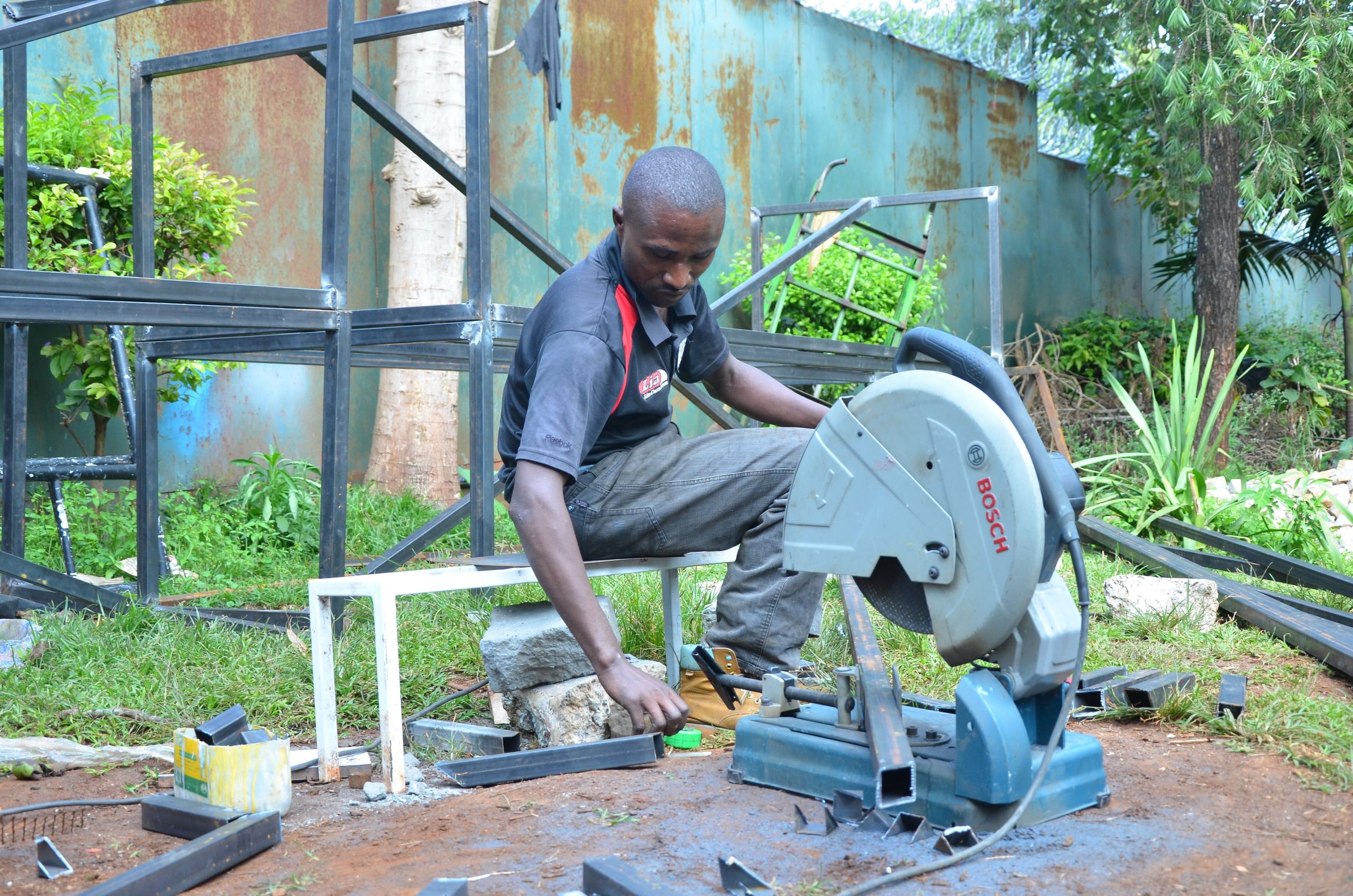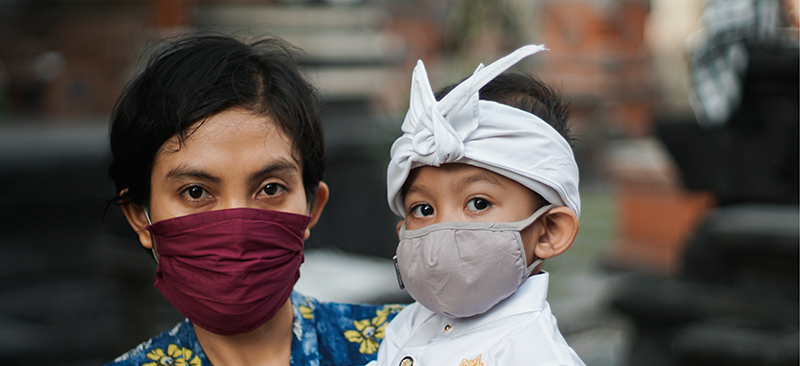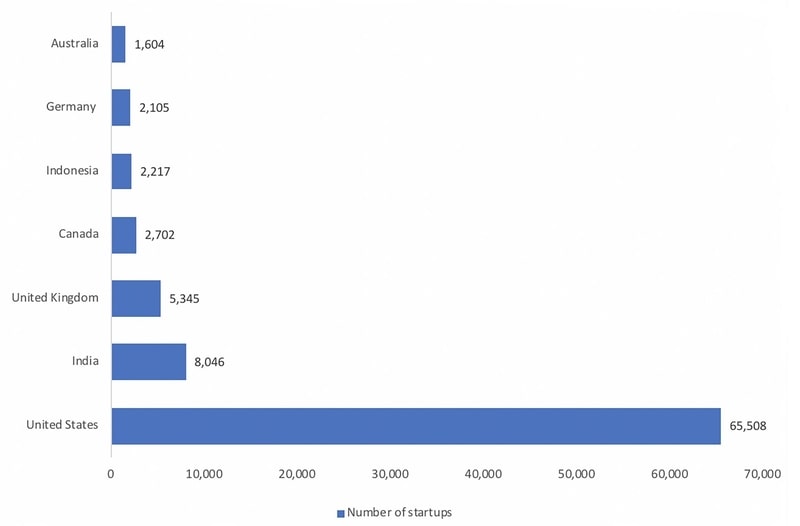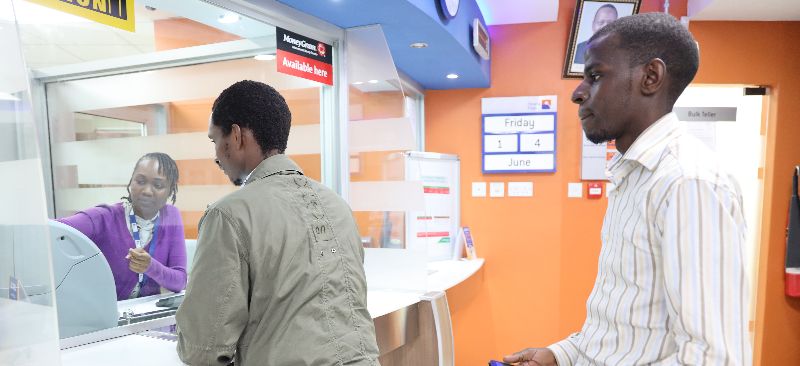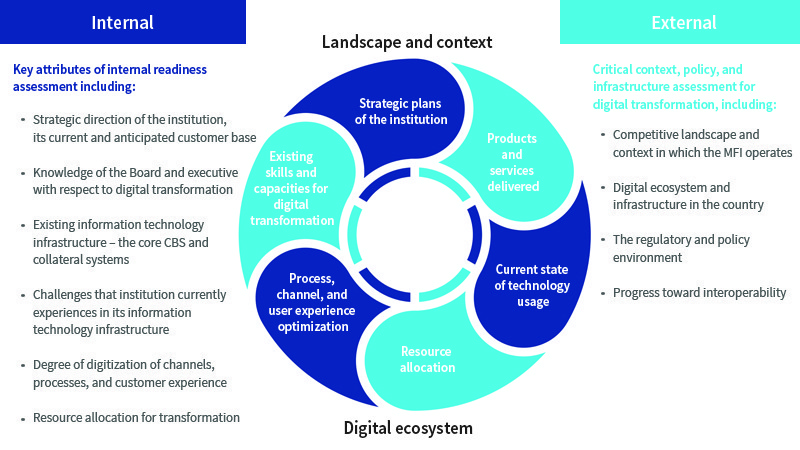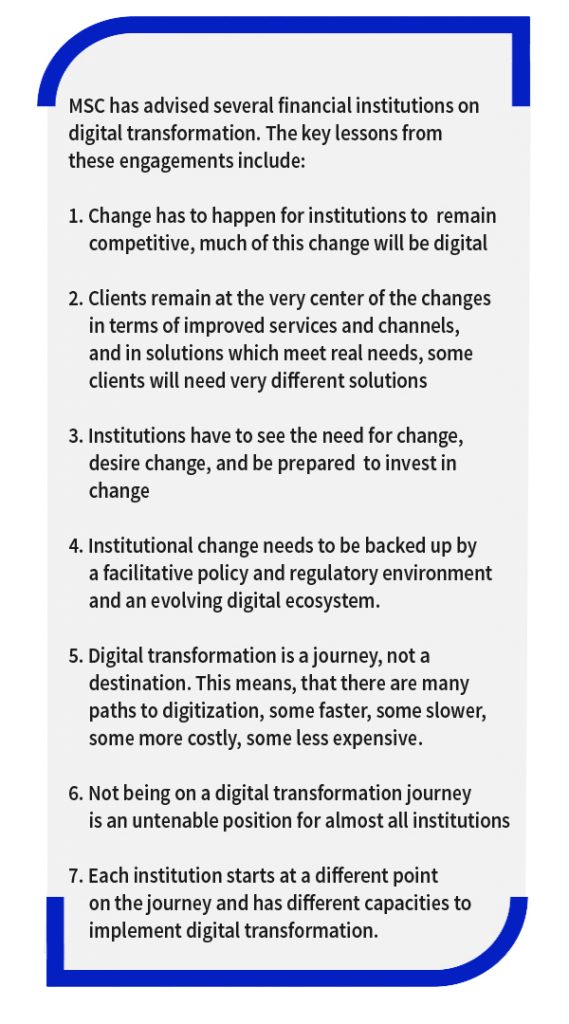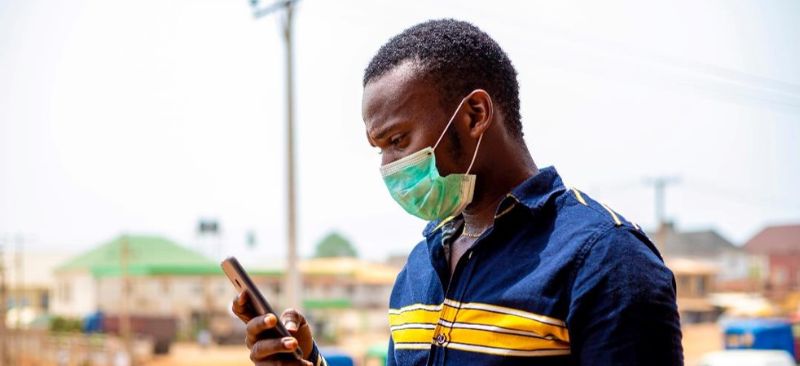Introduction
The unabated increase of COVID-19 infections has forced India, like almost every other nation, to figure out the most effective way to deal and live with the virus. With about four months in lockdowns in place, COVID-19 has exhausted people both mentally and physically across the world. This is being called “pandemic fatigue” or “disaster fatigue.” It had led the public to move out of their homes as soon as lockdown restrictions are eased to resume their social and economic life. The government now faces a tough challenge as people emerge from their homes and travel to crowded markets and workplaces. Since June, 2020, when the government first lifted the lockdowns, India reported 2,270,655 new cases. As of August 14th, the country had 2,461,190 live cases.
MSC conducted a study in this context in April-May 2020, which offers some important insights. We learnt that the government was able to generate awareness: 85% of respondents had a fair idea of the fatality of the disease while more than 80% knew how contagious the disease is and how it spreads. However, the study also found that misconceptions and malpractices were prevalent. 15% of Indian respondents reported the use of locally available solutions to protect themselves from infection, including the use of anti-pneumonia drugs, neem tree (Azadirachta indica) leaves in oil, naphthalene balls placed around the house, saline nasal rinses, among other methods. The study showed that a similar situation prevailed across many countries. (Please see this dashboard for country-wise statistics).
Our study revealed that only 22% of Indian respondents practiced the use of facemasks and only 32% maintained personal and home hygiene. Misconceptions and malpractices are still prevalent. To address this holistically, a comprehensive digital Social Behavioural Change Communication (SBCC) campaign is essential to encourage appropriate behaviors.
An SBCC is in place, but more is needed
While the government is trying to optimize the provision of healthcare services, these efforts will be futile without the active involvement and contribution of the public. COVID-19 is here to stay for the near future and the world must adjust and learn to live accordingly. People need to maintain social distance, wear masks, and avoid unnecessary travel and gatherings, besides taking other necessary precautions.
This adaptation needs to be consistent, especially in the face of pandemic fatigue. Strategic use of communication approaches can promote sustainable changes in knowledge, attitudes, norms, beliefs, and behaviors. Living with the COVID pandemic can be seen as a classic use-case for SBCC sciences. SBCC acknowledges four levels of influence that interact to affect people’s behaviors: individual, family or peer networks, community, and the social or structural environment.
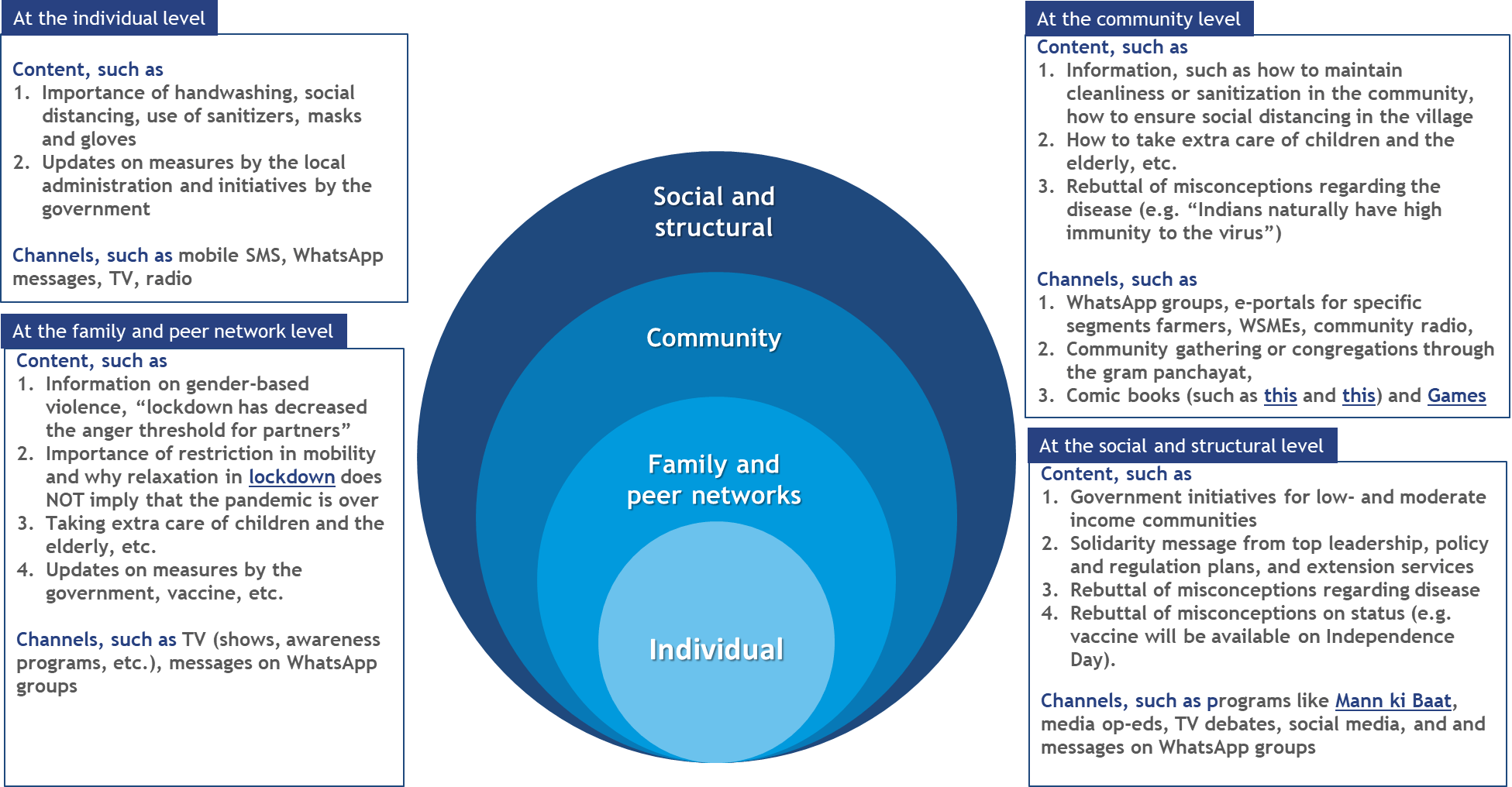
In addition to various audio and visual aids to address the remaining knowledge gap, prevalent myths and misconceptions, and pandemic fatigue, the Indian government has been working on the lines of SBCC with interventions and campaigns. These include measures, such as replacing the pre-call ringtones of users with an advisory on COVID-19, launching national and state-level toll-free helpline numbers, and campaigns like #newnormal, #maskforce, among others. However, the current communication approach, which is generic, still lacks targeted and customized communications based on situational analysis.
We need an SBCC campaign that goes beyond the broader Information Education Communication (IEC)/ Behavioral Change Communication (BCC) to contextualize it as per the specific needs of different communities. Going forward, audience segmentation is needed to identify subgroups to deliver more tailored messaging for stronger connection and resonance. For instance, our study shows that the pandemic has different effects on different populations, such as men and women.
Our study revealed that women have poorer levels of knowledge around COVID-19 and subsequent behaviors as compared to men. Women are less likely (39%) to be aware of COVID symptoms than men (46%). Fewer women (59%) practice handwashing than males (74%). Across every sphere, from health to the economy, security to social protection, the impacts of COVID-19 are worse for women and girls simply because of their gender. Messaging must address these gender vulnerabilities as well as issues like differential access to financial resources, healthcare and nutrition, gender-based violence, responsibility-sharing, among others, especially in the times of disaster—like now. Similarly, we can customize the messages for other vulnerable groups like the differently-abled, the elderly, and tribal groups, among others.
A digital SBCC with a human touch
In this context, the government may take advantage of the improved mobile and internet penetration caused in the wake of the pandemic. Though India has been already tracing contacts through applications like Aarogya Setu, it is time to optimize the use of digital channels for behavioral change. India’s internet usage has climbed up by a margin of more than 50% since the lockdown in March, 2020—with 58% of MSC’s study respondents reporting that they spent more time on their phone. A recent study by IAMAI and Nielsen reports that rural India has 0.2 billion active internet users, which is 10% more than the number in urban areas.
While advocating the use of digital channels for behavioral change, we must highlight that the involvement of communities is essential. Although digital communication channels can be distributed more widely and targeted better, community engagement contextualizes the messaging and channels required for behavior change to meet the specific needs and situations of the community. The Government of India urged grassroots NGOs to partner with district administrations and contribute to the COVID-19 response efforts. Co-creating the campaign with those for whom it is being designed for improves outcomes significantly. Governments at center and states can rope in those who lost their jobs or have time because of reduced employment opportunities to create a new cadre for community engagement

Conclusion
The importance of communication has been emphasized in this SWOT analysis of the pandemic. Further, a NITI Aayog article mentions that the COVID-19 pandemic has “confronted [us] with a battle against untamed emotions.” It points out the role of emotional Intelligence in preserving our collective mental wellbeing in these times. The NITI Aayog has also developed a toolkit containing posters and videos, among other resources that aim at having behavioral shifts in the audience. The multiplicity of channels that digital tools offer makes it a potent way of inducing nudges. Examples of digital campaigning to tap into people’s behavior are not new to India. In the recent past, television shows have been used to give women a sense of empowerment. Videos on health and nutrition to promote good reproductive health have also seen use.
As COVID-19 tightens its grip in non-metro cities and rural areas, there is an urgent need to develop or enhance an ecosystem to implement SBCC. Given the current situation, and the challenges we foresee due to changing behaviors, SBCC’s power to explain things and its capacity to innovate contextual solutions will be key to drive the required behavioral changes. India can and should make full use of the available resources of human capital and digital penetration to co-create a campaign of positive behavioral change, which would give more teeth to the battle against the pandemic.
